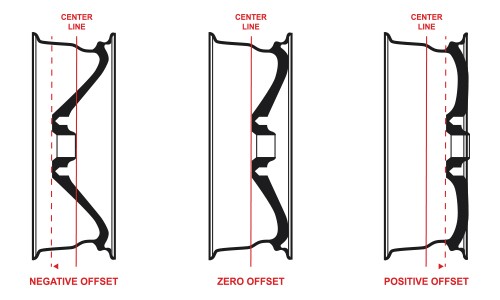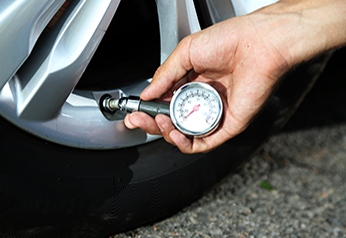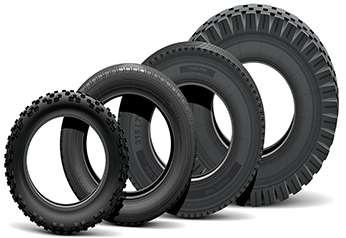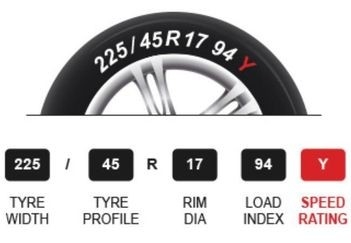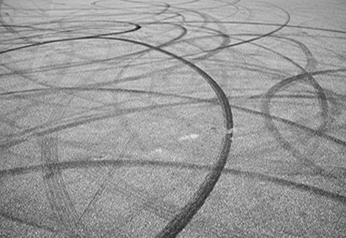
Wheel Offset: Your Complete Guide
Your wheels are a vital part of your vehicle. Not only do they make your car look good, but they also attach your vehicle to your tyres and help move your car forward.
They are also among the most common and easiest mods or upgrades you can make to your vehicle. Replacing your wheels can immediately change and customise your car's look.
But before you do change your wheels, you need to take the handling of its wheel offset into consideration.
What Is Wheel Offset?
Wheel Offset is a major factor when replacing wheels. But it is a concept that is a bit complicated and not easy to grasp. Many in the tyre industry don't quite get it or find it challenging to explain it to customers.
In simple layman's terms, wheel offset is how your tyres are mounted to the wheel and where it is precisely (is it too far in? or too far out?) in relation to your car's wheel wells.
It is the distance (in millimetres) between the centre line of your wheel and its mounting plate or hub mounting surface.
What Are The Different Types Of Wheel Offset?
Zero Offset
Your wheel centre line is in sync - or in-line - with the wheel hub mounting surface.
Positive Offset (Insets)
There is a greater distance between your wheel's centre line and the hub mounting surface, so your tyre will sit deeper on your axle and under the wheel arch.
Positive offset (also called "insets") cause the wheels on either side of your vehicle to sit closer together. Most OEM and non-OEM wheels have a positive offset.
Negative Offsets (Outsets)
A negative offset is when the top surface of the hub mount sits on the other outer side of your wheel's centreline.
Outsets, or negative wheel offsets, cause the wheels on either side of your vehicle to sit further apart on the axle, towards the suspension, so the wheels protrude slightly from the wheel well.
Why Is Wheel Offset Important?
The correct wheel offset will place your tyre and wheel assembly in the optimum location vs the rest of your vehicle.
If you get it wrong, you run the risk of damages to your suspension as well as any replacement wheels or tyres you plan to install and, of course, might cause a blowout.
Your wheel and tyres might end up too far in your wheel well, or it might stick out towards the street.
Backspacing Vs Wheel Offset
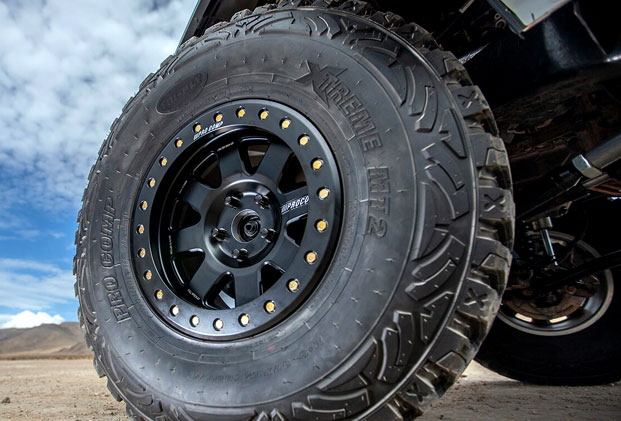
Closely related to offset is the concept of backspacing. Offset and backspacing are, however, not the same thing.
Backspacing is the distance between the mounting plate and the inner flange or edge of the wheel. It is measured in inches and is mainly a positive number, but some wheel-tyre-vehicle combinations are negative.
Combined with offset, the amount of backspacing can change the position of your wheel on a vehicle. Certain wheels come with 5.75 inches backspacing, for example, while others have 5 inches and so on.
Correct Wheel Offset And Backspacing
If you get the offset or backspacing wrong, you run the risk of Wheel rub AND Tyre rub - due to having the wheel sit too far inside the wheel well.
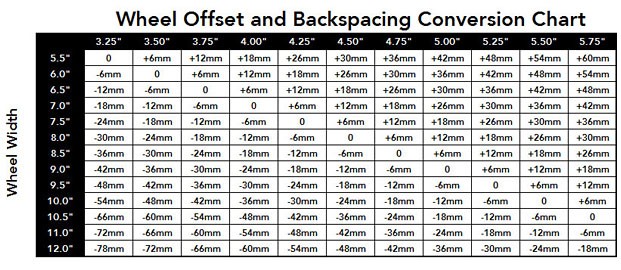
When the wheel is too close to the vehicle itself - specifically the wheel well, it can cause the inner edge of the wheel and tyre to rub against the suspension. Wheel rub is bad enough, as it damages the inner wheel edge and the suspension components. But tyre rub can rip up the inside sidewall of the tyre. This tyre area is very hard to see if damaged and remains undetected until the tyre blows out.
This is why Tyroola does not recommend changing your wheel offset more than 5 mm from its recommended offset fit.
Where To Find Offset Specs
Back of the wheel
You can find offset measurement embossed at the back of the wheel. It's either on the mounting plate or on the spoke's rear. It often ends with the letters "ET," but it can also be in the beginning. So, both ET45 and 45ET mean 45 mm offset.
Online Tyre Guides
You can find offset data online on your wheel brand's website. Search for your wheel's model name or number, and the offset for its various sizes will appear on the product page.
How To DIY Your Wheel Offset Measurement

If you have your wheel or rim width measurement, as well as your backspace measurement, You can now figure out your wheel offset.
For example, your wheel is ten inches wide. The centreline is half of the width at five inches. If your backspace is six inches, that's one inch more backspace than your centreline, so you have one inch of positive offset. Then you need to convert it all to millimetres once done.
However, to make your life easier, there are other tools to compute this for you:
Wheel Offset Calculator
A wheel offset calculator is a handy online tool that can let you know immediately if a new set of wheels is compatible with your vehicle.
Usually, an offset calculator will ask for your current wheel width and offset and that of your new set or replacement. Click here for the most extensive and most comprehensive wheel offset calculator site online.
Wheel Offset Chart
Here is an easy and visual way to ditch the mental math once you have your wheel width and backspace.

